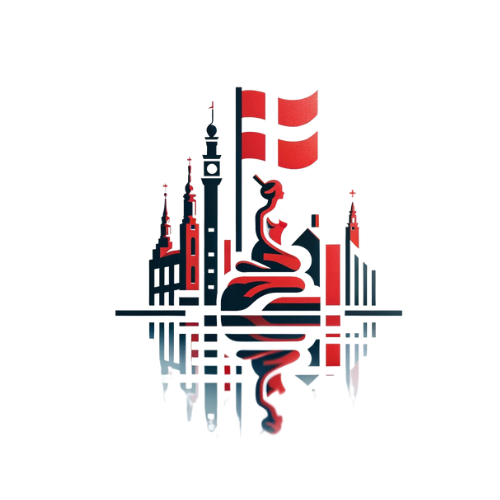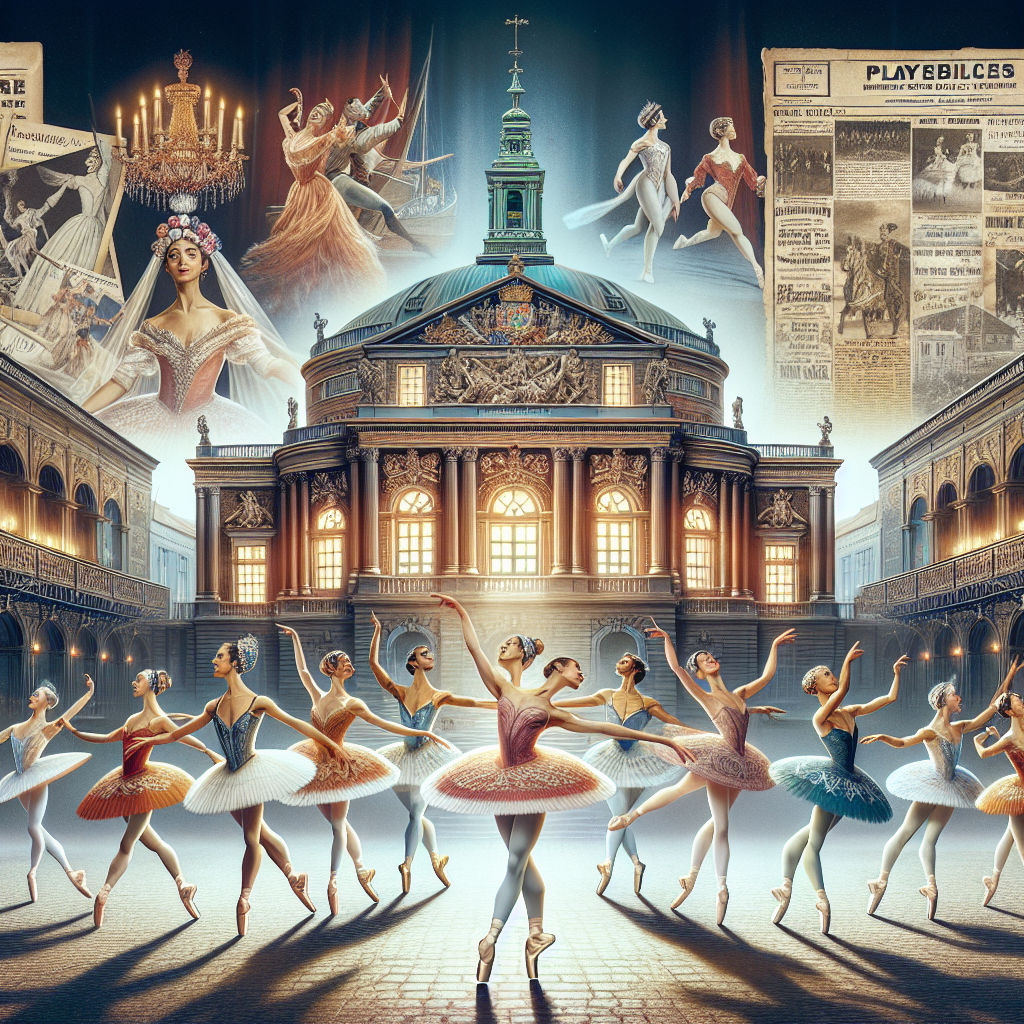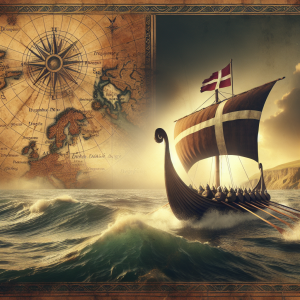As a proud Dane, the history and legacy of the Danish Royal Ballet have always held a special place in my heart. The graceful dance movements, the opulent costumes, and the rich cultural heritage are all part of what makes the Danish Royal Ballet a true treasure of our nation. Join me as we take a captivating journey through time, exploring the fascinating culture and history of the Danish Royal Ballet.
A Glimpse into the Past
The origins of the Danish Royal Ballet can be traced back to the 18th century, when King Frederick IV established the Royal Danish Theatre in Copenhagen in 1748. It wasn’t until the arrival of the esteemed French ballet master, Pierre Laurent, in 1771 that ballet truly began to flourish in Denmark. Laurent’s influence played a pivotal role in shaping the Danish Royal Ballet into the world-renowned institution that it is today.
The Bournonville Legacy
One cannot speak of the Danish Royal Ballet without delving into the legacy of August Bournonville, one of the most iconic figures in the history of the ballet. Bournonville’s choreography, characterized by its intricate footwork, flowing movements, and emphasis on storytelling, has become synonymous with the Danish ballet tradition. His works, such as “La Sylphide” and “Napoli,” continue to be performed by the Danish Royal Ballet, keeping his legacy alive and captivating audiences worldwide.
A Timeless Cultural Treasure
The Danish Royal Ballet is steeped in tradition and carries with it a sense of national pride. The “White Ballet” is a quintessential part of Danish culture, and the annual performance of “The Nutcracker” has become a cherished holiday tradition for families across Denmark. The elegance and grace of the ballet have become woven into the fabric of Danish society, enriching our cultural heritage for generations to come.
Royalty and the Arts
Denmark’s royal family has been an ardent supporter of the arts, particularly the ballet, throughout history. The annual Royal Danish Ballet Gala, attended by members of the royal family, serves as a testament to the enduring relationship between the monarchy and the ballet. The patronage of the royal family has played a significant role in preserving and promoting the Danish Royal Ballet as a cultural treasure.
A Modern Renaissance
While the Danish Royal Ballet is steeped in tradition, it has also embraced innovation and evolution in contemporary times. Under the artistic direction of renowned choreographers such as Nikolaj Hübbe, the ballet has embraced new styles and forms, attracting a younger audience while staying true to its rich heritage. This fusion of tradition and modernity has propelled the Danish Royal Ballet onto the global stage, earning acclaim for its innovative productions and world-class performances.
Global Influence
The Danish Royal Ballet’s influence extends far beyond the borders of Denmark. Through international tours and collaborations with renowned dance companies, the ballet has brought the beauty of Danish culture to the world stage. Its exquisite performances have enchanted audiences in major cities across Europe, Asia, and the Americas, earning the Danish Royal Ballet a well-deserved reputation as a cultural ambassador for Denmark.
Celebrating the Future
As we look to the future, the Danish Royal Ballet continues to stand as a shining symbol of our nation’s cultural identity. The dedication of its talented dancers, the unwavering support of its patrons, and the enduring passion of the Danish people ensure that the legacy of the ballet will continue to flourish for generations to come. The Danish Royal Ballet isn’t just a cultural institution; it’s a testament to the enduring spirit of Danish creativity and artistry.
Conclusion: A Cultural Gem
The history and culture of the Danish Royal Ballet are a testament to the enduring creativity and artistry of the Danish people. From its storied past to its vibrant present, the ballet continues to enchant and inspire, captivating audiences both at home and around the world. As a Dane, I take immense pride in the rich cultural heritage that the Danish Royal Ballet represents, and I am confident that its legacy will continue to shine brightly for many years to come.





